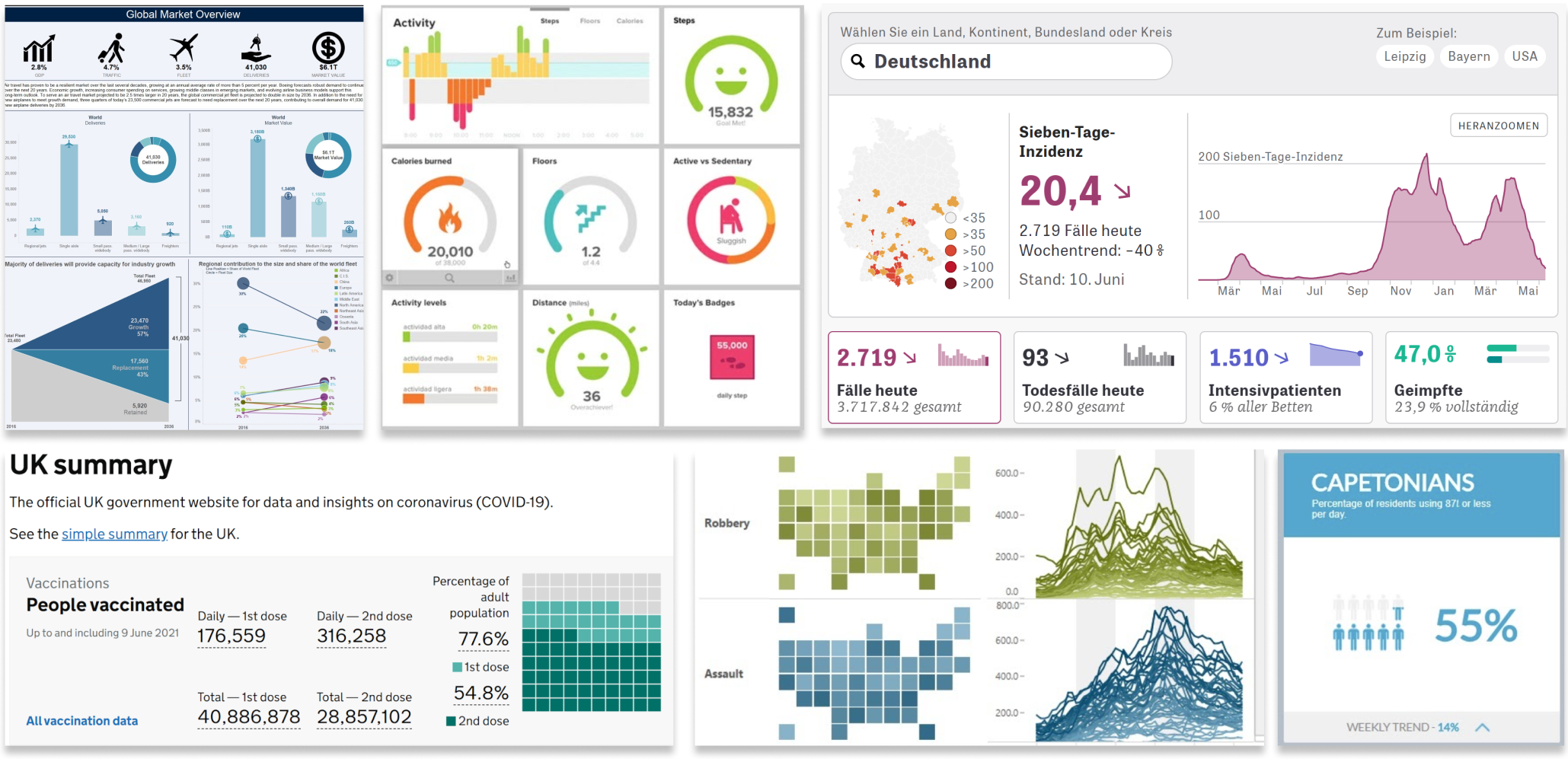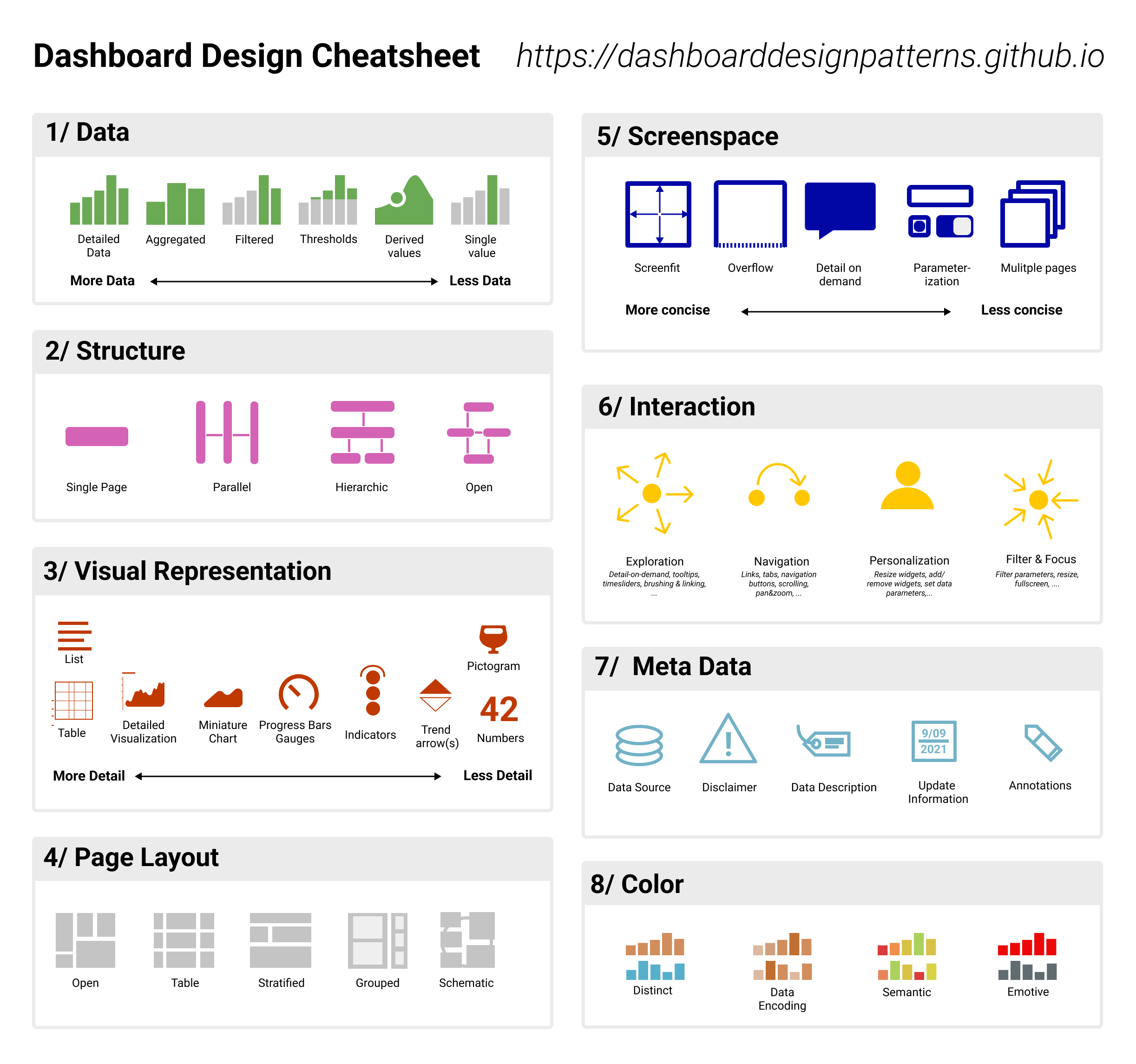Hackers who stole customer data from Australia’s largest health insurer Medibank have released a file of pregnancy terminations.
It follows Medibank’s refusal to pay a ransom for the data, supported by the Australian government.
Medibank urged the public to not seek out the files, which contain the names of policy holders rather than patients.
CEO David Koczkaro warned that the data release could stop people from seeking medical attention.
Terminations can occur for a range of reasons including non-viable pregnancy, miscarriages and complications.
“These are real people behind this data and the misuse of their data is deplorable and may discourage them from seeking medical care,” he said.
The data of 9.7 million Medibank customers was stolen last month – the latest in a string of major data breaches in Australian companies in recent months.
The hackers this week published their first tranche of information after Medibank refused to pay a $10m (£8.7m; A$15.6m) ransom – about $1 for every customer.
Some Australians say they have been targeted by scammers after their medical details were posted online.
Former tennis champion Todd Woodbridge – who is recovering from a heart attack – said he had been pestered by calls from scammers who had known which hospital he had been in.
[…]
The files included people’s health claims data – including medical procedure history – as well as names, addresses, birthdates and government ID numbers.
[…]
Source: Medibank: Hackers release abortion data after stealing Australian medical records – BBC News
Doxxing abortion patients – that’s pretty damn low. Go take out big evil businesses.


